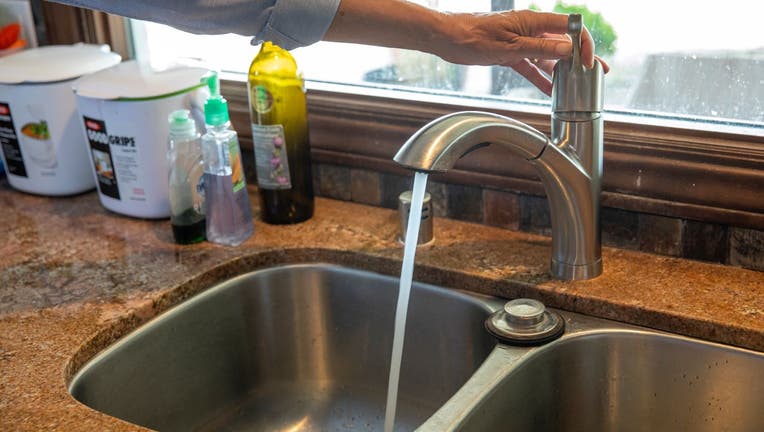PFAS in Minnesota: Billions needed to remove, destroy forever chemicals from wastewater

FILE PHOTO: Faucet. ((Mel Melcon / Los Angeles Times via Getty Images) / Getty Images)
EAGAN, Minn. (FOX 9) - A first-of-its-kind study found it would cost billions of dollars over the next 20 years to remove PFAS (forever chemicals) from wastewater streams in Minnesota, underscoring the need to prevent PFAS from entering the environment.
The Minnesota Pollution Control Agency (MPCA) on Tuesday shared a new report that found technologies and expenses needed to remove and destroy per- and polyfluoroalkyl substances (PFAS) from certain wastewater streams across Minnesota would cost between $14 and $28 billion over 20 years, a news release says.
"The exorbitant costs associated with removing PFAS from community wastewater systems underscores the need to address PFAS pollution long before it gets into the waste stream," said MPCA Commissioner Katrina Kessler. "At no fault of their own, wastewater treatment facilities receive PFAS from a variety of sources and they cannot carry the burden of cleaning up the pollution. We must all focus on preventing PFAS from entering the environment in the first place."
Key findings from the study include:
- Removing and destroying PFAS from water and biosolids leaving Minnesota’s wastewater treatment facilities could cost between $14 billion and $28 billion over 20 years.
- PFAS can be bought for $50 - $1,000 per pound (according to MPCA estimates), but costs between $2.7 million and $18 million per pound to remove and destroy from municipal wastewater, depending on facility size.
- Small wastewater treatment facilities would face per-pound costs over six times greater than large facilities, due to economies of scale.
- New "short-chain" types of PFAS are more difficult and up to 70% more expensive to remove and destroy compared to old "long-chain" PFAS.
The MPCA says cost estimates are based on the required upgrades to Minnesota's existing wastewater infrastructure to treat and destroy PFAS using current commercially available technologies and PFAS levels.
The MPCA says it commissioned this study as part of the state's PFAS Blueprint, a "comprehensive interagency plan to prevent, manage, and clean up PFAS pollution."
Meanwhile, the MPCA is working to implement a new law passed by the Minnesota Legislature and signed by Gov. Tim Walz to phase out nonessential PFAS use over the coming decade. The Legislature also funded PFAS Blueprint programs to help businesses transition away from PFAS, protect drinking water supplies, and enhance monitoring systems.

